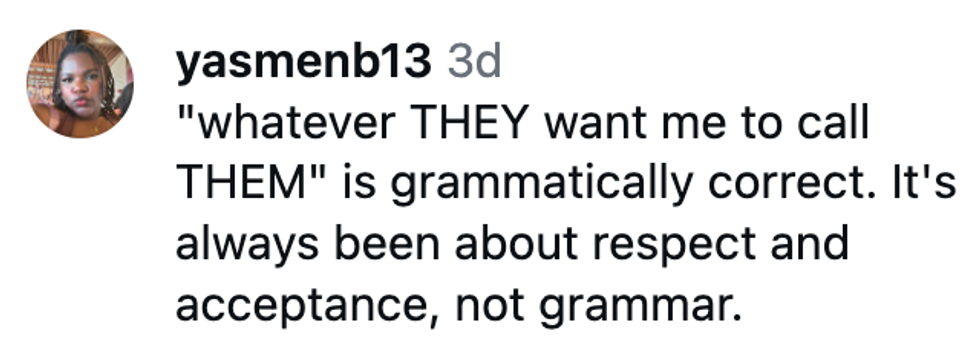Are you a Jif or a Skippy type?
Your answer could determine which political party you align with, according to an unusual study conducted at the University Of Chicago.
The study purported that everything consumers buy or even watch on TV could predict their gender, race, social status and politics with 90% accuracy.
Economists from the university's Booth School of Business, Marianne Bertrand and Emir Kamenica, programmed machines to identify a person's background based on their consumer behavior.
Their findings were released in the National Bureau of Economic Research and covered in a report by The Washington Post .
The duo trained their algorithms to detect patterns in decades of responses to three long-running surveys, each with between 669 and 22,033 responses per year.
The surveys were tuned and filtered to be consistent over time, which allowed Bertrand and Kamenica to measure how America's cultural divides have evolved.
To accurately demonstrate how cultural factors were influenced by a person's race, education and economic status, Bertrand and Kamenica tested the algorithms on subsets of the data that were foreign to the program.
The study showed the obvious, of course. Like men don't spend as much on mascara as women and, conversely, women don't buy after shave as much as men.
But other results were more revelatory. Like White people and Black people are almost as different in their spending habits as poor people and rich people.
The top ten TV show predictors for White people included such offerings as Rudolph the Red-Nosed Reindeer, American Pickers and The Big Bang Theory.
Top ten brand name products included Thomas' English muffins, Sweet Baby Ray's barbecue sauce and Stove Top stuffing.
When it came to predicting liberals, the data became more interesting. The 2009 binary analysis results included examples like 56.2% of liberals bought a novel and 56.8% did not own fishing gear.
When it came to predicting brands, 54.4% of liberals did not purchase Jif peanut butter and 54.4% did not buy meals at the fast food chain Sonic.
Kamenica commented on America's cultural divide, saying that those with higher incomes purchased different products from a demographic with lower incomes and whites and non-whites watched different TV shows.
What's really striking to me is how constant cultural divisions have been as the world has changed. This is not a new phenomenon.
For the past 40 years, liberals and conservatives are disagreeing more each year. On every topic, liberals and conservatives are disagreeing more than they used to.
H/T - WashingtonPost, Twitter, Takeout




























 replying to @elonmusk/X
replying to @elonmusk/X replying to @elonmusk/X
replying to @elonmusk/X replying to @elonmusk/X
replying to @elonmusk/X replying to @elonmusk/X
replying to @elonmusk/X
 Barry Manilow/Facebook
Barry Manilow/Facebook Barry Manilow/Facebook
Barry Manilow/Facebook Barry Manilow/Facebook
Barry Manilow/Facebook Barry Manilow/Facebook
Barry Manilow/Facebook Barry Manilow/Facebook
Barry Manilow/Facebook Barry Manilow/Facebook
Barry Manilow/Facebook Barry Manilow/Facebook
Barry Manilow/Facebook Barry Manilow/Facebook
Barry Manilow/Facebook Barry Manilow/Facebook
Barry Manilow/Facebook Barry Manilow/Facebook
Barry Manilow/Facebook Barry Manilow/Facebook
Barry Manilow/Facebook